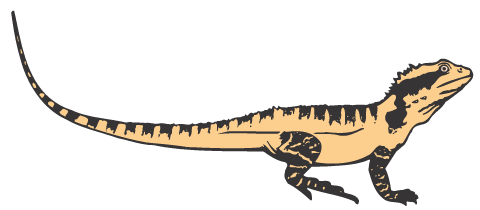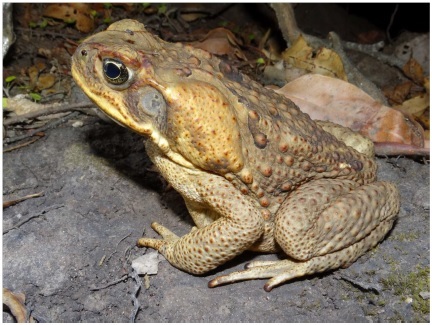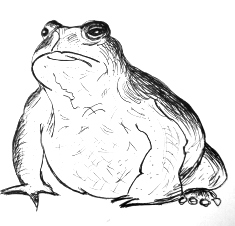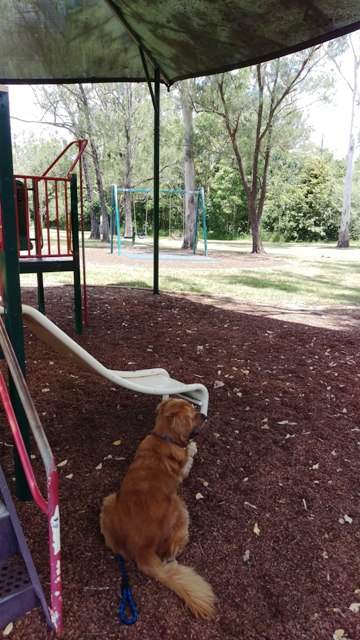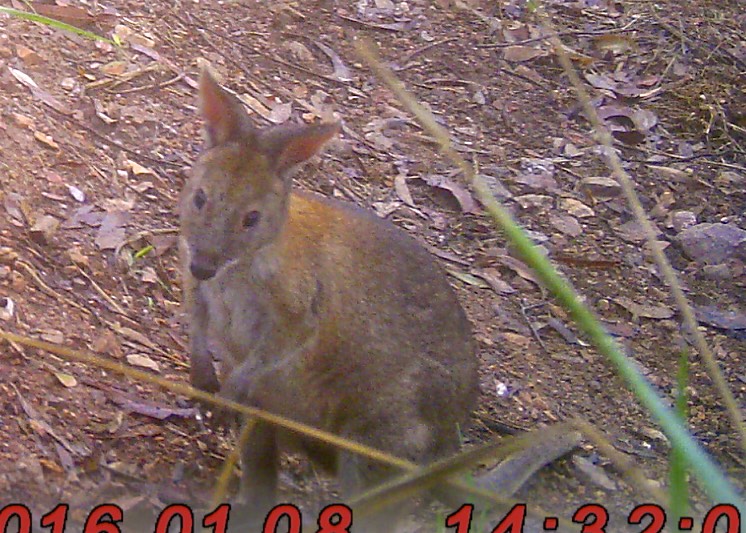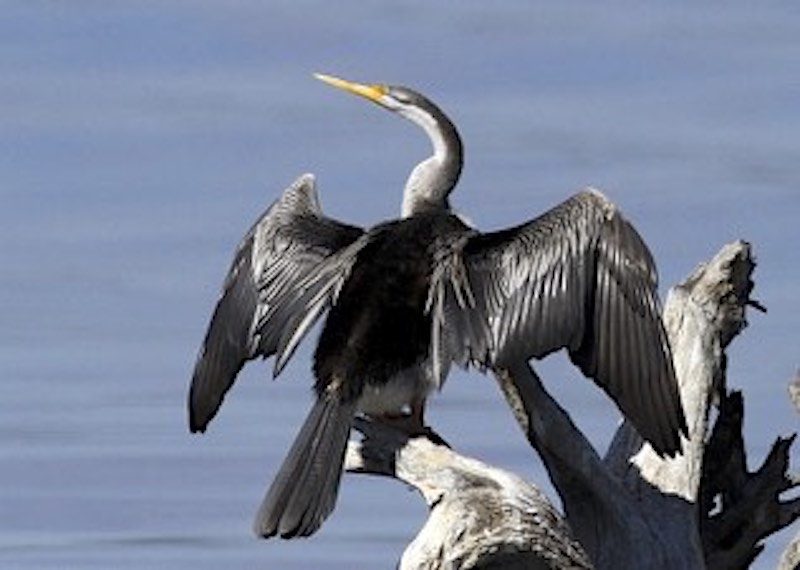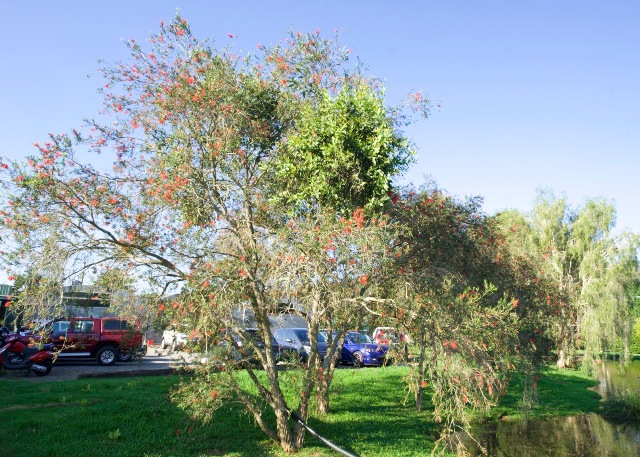In January 2018 the International Ornithological Union identified a new species of Fairy-wren in Australia.
The Purple-backed Fairy Wren (Malurus assimilis) species was previously a sub-species (Malurus lamberti assimilis) of the Variegated Fairy-wren (Malurus lamberti), a bird (pictured below) which we are familiar with here in the catchment.
But exactly what features determined the need to create a new species?
The March edition of Jim Butler’s Feather Fascination describes the criteria used by ornithologists to identify the Malurus assimilis.
 A Variegated Fairy-wren (photo courtesy of Ed Frazer)
A Variegated Fairy-wren (photo courtesy of Ed Frazer)It’s a very interesting read – click here to learn more: Feather Fascination March 2018
